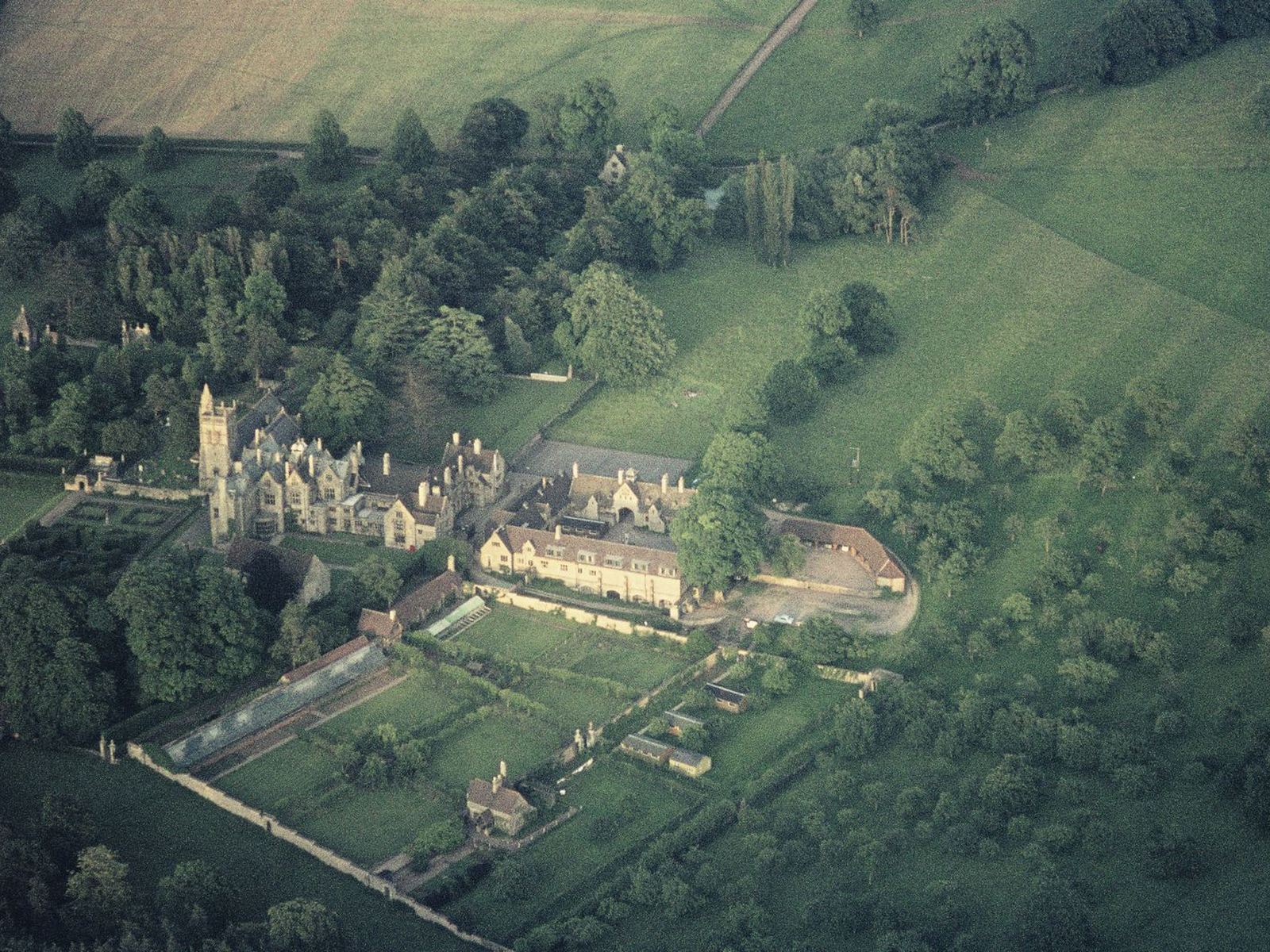Francis Inigo Thomas (1866-1950). A New Garden in the Old Style.
With a medieval pedigree, the gardens seen today are the creation of the enigmatic late Victorian architect, garden designer, artist, government official and author, Francis Inigo Thomas (1866-1950). Barrow Court is regarded as one of the finest examples of the revival of a formal style of gardening that marked the progress of garden design in the 19th century. The Victorian search for a historical legitimacy, a true Englishness, was realised at Barrow Court though the work of Thomas, just 27 years old when commissioned by Henry Martin Gibbs (of the Tyntesfield Gibbs) to create gardens to compliment the restored Jacobean manor house. The Elizabethan garden was Thomas’s inspiration, a formal renaissance garden that was part of the overall architectural concept of the house, placed sympathetically within the wider landscape. Thomas, whose work includes Athelhampton and Chantmarle trained in London the 1880’s, alongside an emerging group of artists and architects who were to become influential figures in the developing Arts & Crafts movement. Still in his twenties, Thomas in collaboration with Sir Reginald Blomfield published the seminal 1892 book The Formal Garden in England, which championed a revival of the Elizabethan garden as a high point of English garden design.
‘I cannot picture to myself a garden, in its true sense, divorced from the buildings to which it belongs’. This encapsulates the heart of Thomas’s style, re-asserting the Renaissance principles of symmetry and geometry where the garden is part of the overall architectural concept of the house, placed sympathetically within the wider landscape, its several enclosures being the open air apartments with ‘all aesthetic considerations put to the simple test of picture composition’.
Maximum formality of design, with maximum informality of planting is often quoted as the distinguishing feature of these late Victorian gardens – a forerunner of the Edwardian style famously developed by the collaboration of Edwin Lutyens and Gertrude Jekyll – a union of architecture and horticulture that still inspires today.
The 15 acres of formal garden at Barrow Court feature a series of terraces including a relatively simple parterre featuring a central Yew maze and formal lily pond. The parterre terrace’s viewing platform looks across an open expanse of lawn and the garden’s various Yew enclosures, courts and monumental boundary features. The picturesque scene across the valley overlooks the 150 acre historic parkland, itself part of the designed landscape connected by avenues of trees and designed views. The gardens motif of the passage of time is expressed exceptionally by Alfred Drury’s ‘Daughters of the Year’ herms, a clairvoie featuring 12 boundary statues depicting a woman ageing as the seasons pass. A main lawn leads to a formal grove and hidden courts, with Lime avenues enclosing a fascinating collection of trees and shrubs. The garden boundaries continue to be unmistakably defined by an expressive array of gazebos, classical garden temples, exedras and balustrades. The extensive kitchen garden, wilderness and glasshouses complete the layout of Thomas’s masterpiece, an undervalued but nationally significant design and designer.

